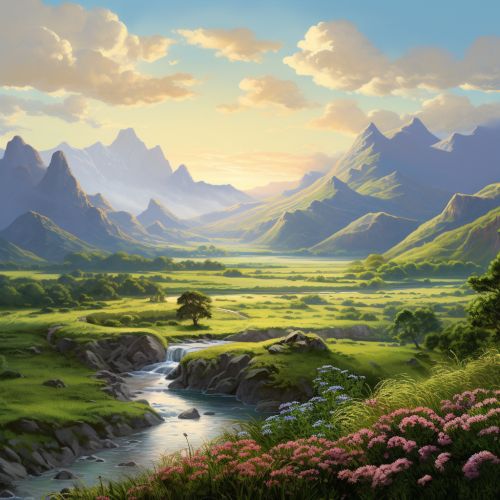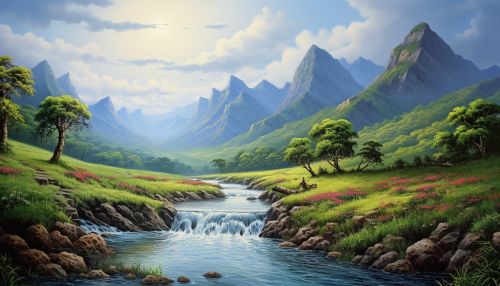Dniester River
Geography
The Dniester, also known as the Nistru in Romanian and the Dnister in Ukrainian, is a significant waterway in Eastern Europe. It originates in the Carpathians, near the city of Uzhhorod, Ukraine. The river flows through a diverse range of landscapes, including mountainous terrain, forested areas, and vast plains, before emptying into the Black Sea near the city of Odesa, Ukraine.


Hydrology
The Dniester River has a length of approximately 1,362 kilometers (846 miles), making it one of the longest rivers in Eastern Europe. It has a drainage basin area of around 72,100 square kilometers (27,800 square miles). The river's average discharge is about 310 cubic meters per second (11,000 cubic feet per second), but this can vary significantly depending on the season and precipitation levels.
Flora and Fauna
The Dniester River and its surrounding areas are home to a rich variety of flora and fauna. The river's banks are lined with a diverse array of plant species, including various types of trees, shrubs, and grasses. The river itself is inhabited by numerous species of fish, such as the European perch, common roach, and northern pike. The river's ecosystem also supports a wide range of bird species, including the white-tailed eagle, common kingfisher, and black stork.
Human Interaction and Impact
The Dniester River has played a significant role in the human history of the region. It has served as a natural border between different political entities and cultural groups throughout history. Today, the river is an important resource for the people living in its vicinity, providing water for drinking, irrigation, and hydroelectric power generation.
However, human activities have also had a negative impact on the Dniester River. Pollution from industrial and agricultural activities has led to a decrease in water quality, affecting both the river's ecosystem and the people who rely on it for their livelihoods. Efforts are being made to mitigate these impacts and preserve the river for future generations.
